Sikhs take stock of 1984
Sudha Ramachandran
Asia Times
BANGALORE - The 25th anniversaries of two events, both defining moments in India's recent history, have been observed over the past few days. One is the assassination of prime minister Indira Gandhi by her bodyguards on October 31, 1984. The other is the violence targeting Sikhs that began within hours of that assassination and engulfed Delhi and other cities for at least three days.
The two events are closely connected. The assassination led to the massacres. What sets them apart is the way the Indian state responded to them.
It was swift in delivering justice in the case of Indira's assassination. Satwant Singh, the lone surviving assassin (Beant Singh, the other assassin, was shot dead soon after the assassination while he was allegedly trying to escape) and Kehar Singh, a conspirator, were tried and hanged within four years.
But those who orchestrated the killing of around 2,733 Sikhs in Delhi - the Citizens Justice Committee submitted 3,870 names to an enquiry commission - still roam free. A quarter of a century later, justice is yet to be done.
The year 1984 is one that few Indians will forget. It was the year when a gas leak in a factory owned by Union Carbide in Bhopal killed over 2,000 people and maimed several others for life. It was also the year India's secular foundations were shaken like never before.
In June 1984, the Indian army stormed the Sikhs' holiest shrine, the Golden Temple in Amritsar, to flush out Sikh militants holed in there. They had turned it into a fortress and were waging war against the Indian state. "Operation Bluestar" was a military success in that it eliminated hundreds of militants including the dreaded Jarnail Singh Bhindranwale. But at a very heavy cost. It was a political disaster. The Akal Takht was reduced to rubble and hundreds of Sikh pilgrims were killed in the course of the operations. Bluestar wounded the Sikh psyche, deeply alienating the community from the Indian state. It fueled the Sikh militancy and kept it alive for another decade at least.
Revenge came swiftly. Barely five months later, Indira was assassinated. Her assassins were Sikhs.
The response to her killing came even more swiftly. Within hours of her death, stray incidents of violence targeting Sikhs began trickling in from various parts of Delhi.
The violence peaked on November 1. Mobs carrying iron rods, knives and kerosene went on a rampage, killing Sikhs, looting and setting alight their homes, business establishments and places of worship. Sikh cab drivers were lynched or burned alive in their cabs. Those fleeing Delhi were dragged out of trains and buses and slaughtered.
The orgy of violence unleashed on Sikhs following Indira's assassination is often referred to as a riot as though it was a spontaneous outpouring of anger. It was not. It was an organized massacre, a pogrom.
There is a mountain of evidence to prove that politicians belonging to the ruling Congress Party incited and directed the pogrom in collusion with the police. Even as mobs led by Congressmen burned, looted, raped and murdered the government did nothing to quell the violence.
Police made some arrests during the violence; ironically most of the arrests were of Sikhs defending their families against the killers.
Days after the pogrom, Rajiv Gandhi, Indira's son and successor, indirectly justified the violence. "When a mighty tree falls, it is only natural that the earth around it does shake a little," he said.
As shocking as the state's involvement in the violence was its failure to ensure justice thereafter.
Ten commissions and committees have probed the pogrom so far with little impact on bringing the guilty to book. One commission of inquiry headed by a sitting Supreme Court judge, Ranganath Mishra, found no lapses on the part of the government and assigned no culpability to the ruling establishment. For his whitewashing of the Congress' role, Mishra was rewarded. He went on to head the National Human Rights Commission and also became a member of India's upper house of parliament.
During and after the massacres, police refused to register complaints. Of those which were registered, only a few made it to the courts. “Of the ones that reached the courts, the majority resulted in acquittal of the accused as the police never made an attempt to find evidence against them. As a result, the conviction rate has been extremely poor," says Harvinder Singh Phoolka, a senior advocate in the Supreme Court who has been fighting for justice on behalf of the victims.
"Out of 2,733 officially admitted murders, only nine cases led to convictions. Just over 20 accused have been convicted in 25 years - a conviction rate of less than 1%,” he says.
The massacre of the Sikhs took place in front of thousands of witnesses. The identity of those who carried out the violence was evident from the start. A report brought out by civil rights groups in November 1984 carried an annexure listing the names of people alleged to have carried out the violence. It included 198 local Congress activists and others, 15 Congress leaders and 143 police officials.
Of the top Congress politicians who were known to have orchestrated the violence, Sikh militants assassinated two within months of the massacres.
Others like Jagdish Tytler and H K L Bhagat went on to have successful political careers, even holding cabinet posts.
In 2005, the Nanavati Commission said it found “credible evidence” against Tytler, Bhagat and another Congress leader Sajjan Kumar saying they "very probably" had a hand in organizing the attacks. While Bhagat died in 2005, the Central Bureau of Investigation gave Tytler a clean chit earlier this year and the court is yet to decide whether or not to initiate a fresh probe.
Sikh alienation from the Indian state and their anger with the Congress has subsided significantly over the years. The movement for a separate Sikh state is dead. And Punjab has voted the Congress to power twice since the 1984 riots.
Some have suggested that the Congress' efforts to reach out to the Sikhs has helped in building bridges. In 1998 Congress president Sonia Gandhi expressed her "anguish" over the 1984 riots. "I feel your pain," she said. That she is a victim of terrorist violence herself and the daughter-in-law of Indira and widow of Rajiv Gandhi, who was prime minister when the riots took place helped to heal wounds to some extent. That was taken further by Prime Minister Manmohan Singh, India's first Sikh prime minister who apologized to the Sikhs in parliament.
That and the fact that the Congress made a Sikh a premier, say Congress leaders, has won the party the hearts of Sikhs.
But not all Sikhs have been appeased by the conciliatory words. They want justice.
While admitting that the Congress' conciliatory gestures have "been like a balm on the community", Phoolka says, "The Congress wants us to forget it; view it as an aberration. When they made Manmohan Singh prime minister, they stepped up this rhetoric; saying, 'forget it now, at least we have apologized and now made your man the prime minister. Our answer has been that the apology came 21 years late and under the Indian legal system an apology is not a substitute for punishment for murder. We want justice." More at > Asia Times
Related story Below:
Besieged Sikhs @ http://ultracurrents.blogspot.com/2009/04/congress-and-besieged-sikhs.html
skip to main |
skip to sidebar

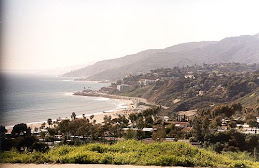
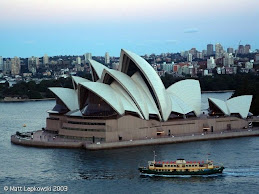
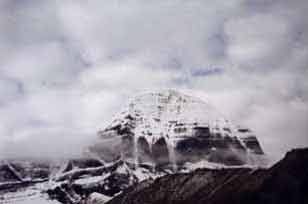


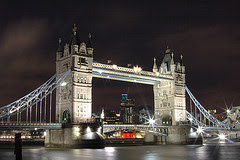
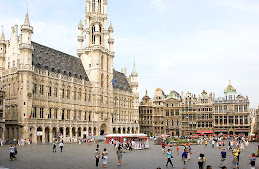



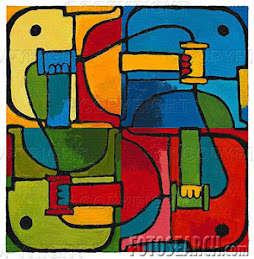
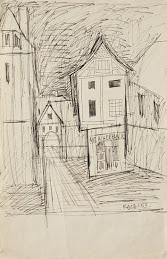
Don't put the key to your
happiness
in someone else's pocket.
INTERFAITH

Informative Links
Bharat Raagini
Incredible : INDIA
Dil Hai Hindustani
Aana Hai Tou Aa
Jagte Raho
Behti Hai Ganga
Insaaf Ka Mandir
Los Angeles,USA

Sydney, AUSTRALIA

Himalayas, India

Swiss Alps

Eiffel Tower,Paris

Tower Bridge, London

Grand Place, Brussels

SUNRISE

Machu Picchu, PERU

Venice

Modern Art

Pencil sketch

Think about this;
Don't put the key to your
happiness
in someone else's pocket.